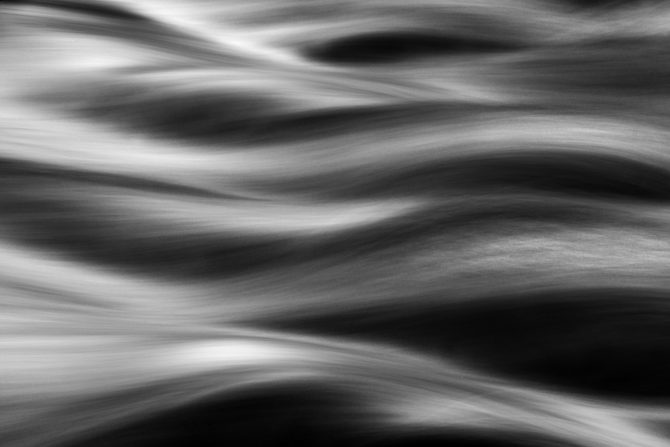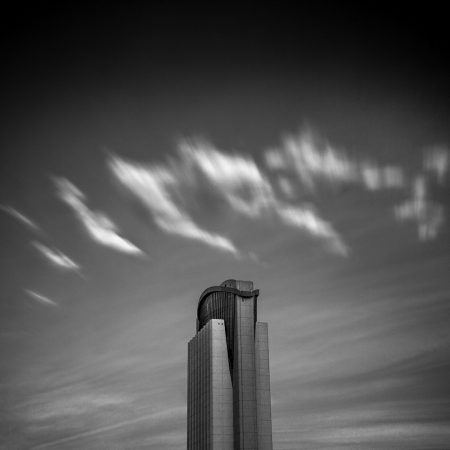Tag: quotes
May 4, 2016
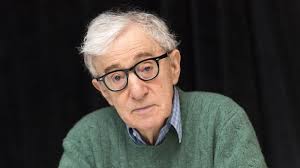

These are some interesting excerpts from a Woody Allen interview featured in The Hollywood Reporter
Do you read about yourself in the tabloids?
I never, ever, ever read anything about myself. Not my interviews, not stories about me. I never, ever read any criticism of my films. I scrupulously have avoided any self-preoccupation. When I first started, that was not the case. [But now I] just pay attention to the work and don’t read about how great I am or what a fool I am.
The enjoyment has got to come from doing the project. It’s fun to get up in the morning and have your script in front of you and to meet with your scenic designer and your cinematographer, to get out on the set and work with these charming men and beautiful women and put in this Cole Porter music and great costumes.
When that’s over, and you’ve made your best movie, move on. I never look at the movie again — I never read anything about it again.
Have you ever watched any of your own movies again?
No. Never seen them again. I made Take the Money and Run in 1968 or so; I’ve never seen it again. Never seen any of them.
Of your films, is there any one that you would erase if you could?
Of mine? Well, I would erase all but a few. (Laughs.) There’s probably six or eight of my films that I would keep, and you could have all the rest.
August 14, 2015
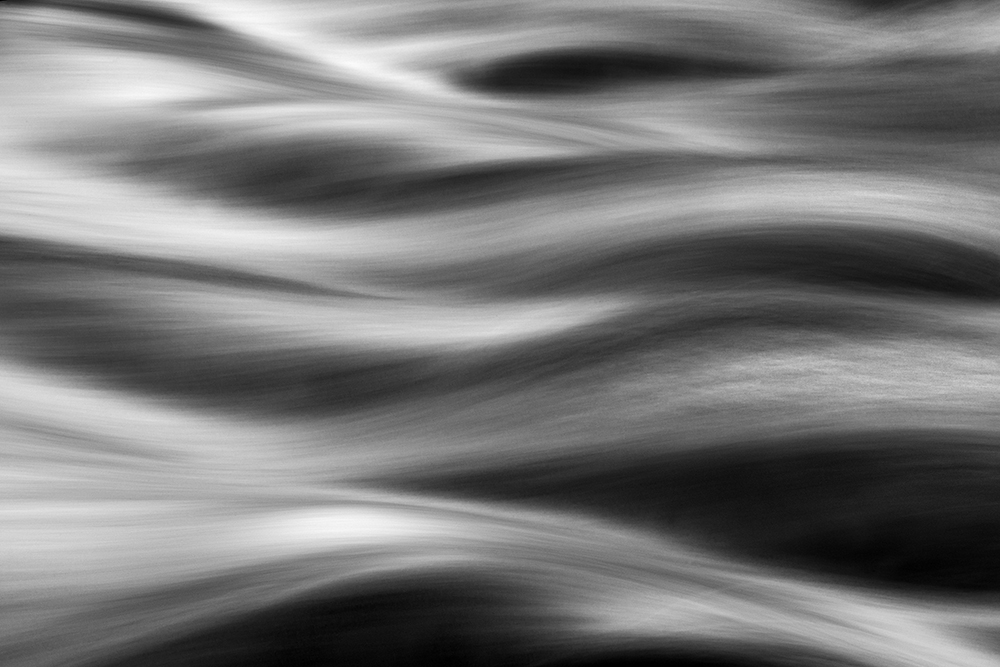
“I realized that I had things in my head not like what I had been taught – not like what I had seen – shapes and ideas so familiar to me that it hadn’t occurred to me to put them down. I decided to stop painting, to put away everything I had done, and to start to say the things that were my own.” Georgia O’Keeffe
“Traveler, there is no path. Paths are made by walking.” Antonio Machado
“And those who were seen dancing were thought to be insane by those who could not hear the music.” Friedrich Nietzsche
“The artist has only to trust his eyes.” Auguste Rodin
“The question is not what you look at, but what you see.” Henry David Thoreau
“You can’t depend on your eyes if your imagination is out of focus.” Mark Twain
“The same sun shines upon the same earth, yet each of us casts a different shadow.” W. E. Dassonville
“The privilege of a lifetime is being who you are.” Joseph Campbell
“It is better to fail in originality than to succeed in imitation.” Herman Melville
“What matters most is how you see yourself.” Unknown
“It is a terrible thing to see and have no vision.” Helen Keller
“Vision is the art of seeing what is invisible to others.” Jonathan Swift
“If you don’t design your own life plan, chances are you’ll fall into someone else’s plan. And guess what they have planned for you? Not much.” Jim Rohn
“To the person who does not know where he wants to go there is no favorable wind.” Seneca
“Your vision will become clear only when you look into your heart. Who looks outside, dreams. Who looks inside awakens.” Carl Jung
“Art is the most intense mode of individualism that the world has known.” Oscar Wilde
“A creative man is motivated by the desire to achieve, not by the desire to beat others.” Ayn Rand
“Creativity is just connecting things. When you ask creative people how they did something, they feel a little guilty because they didn’t really do it, they just saw something. It seemed obvious to them after a while. That’s because they were able to connect experiences they’ve had and synthesize new things.” Steve Jobs
“An artist is not paid for his labor but for his vision.” James Whistler
“Believe in yourself! Have faith in your abilities! Without a humble but reasonable confidence in your own powers you cannot be successful or happy.” Norman Vincente Peale
February 19, 2014
The so-called rules of photographic composition are, in my opinion, invalid, irrelevant, immaterial.
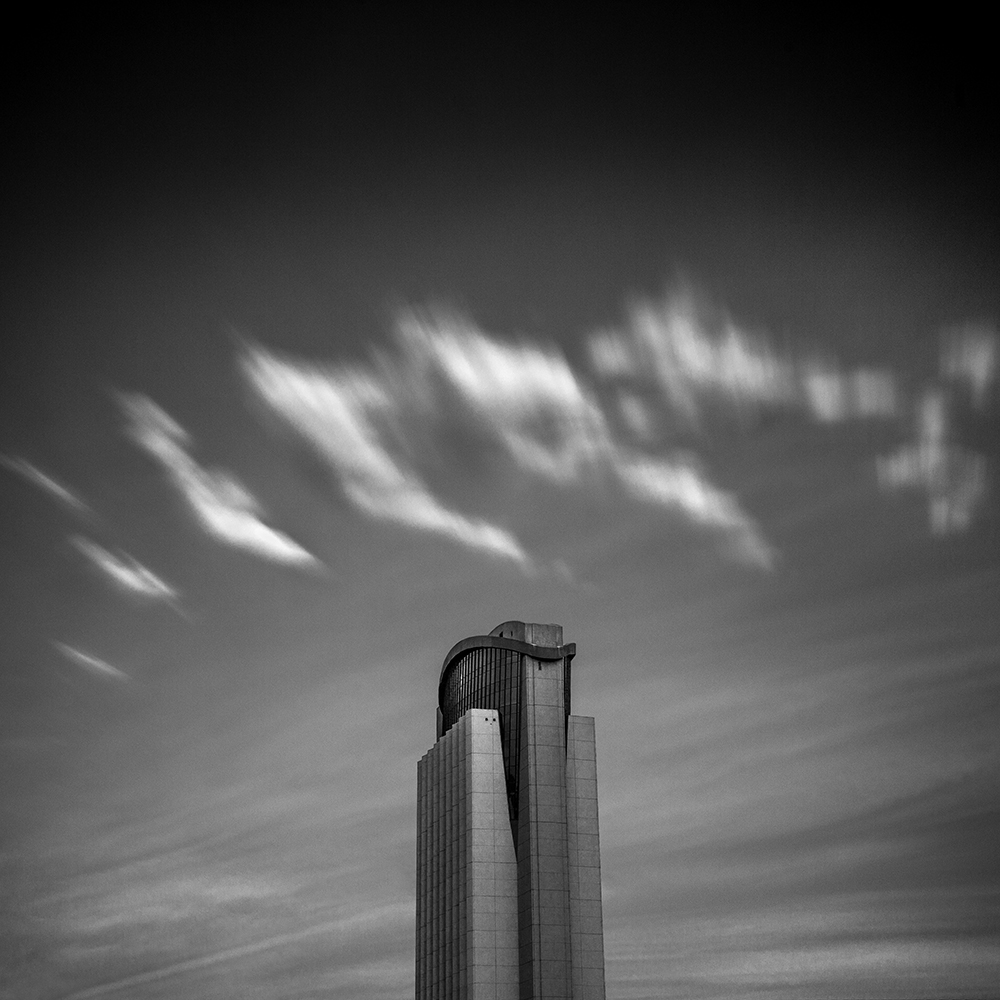
Harbinger No. 16 – 2014
Ansel Adams said: “The so-called rules of photographic composition are, in my opinion, invalid, irrelevant, immaterial.”
And I’ll go one step further and say that in my opinion these rules are actually harmful because they get in the way of developing creativity and Vision.
For years I’ve rebelled against the rules of photography. Why? Because my experience has taught me that they encourage dependency and discourage independent seeing.
I’ve had people criticize my images because they didn’t follow some imaginary rule of composition and I thought: how sad that when they look at this beautiful image, all they can see are the rules. That’s called not being able to see the forest for the trees.
The rules of composition is an attempt to distill the creative process into a series of simple guidelines that if followed, will produce a good image. It reminds me of the old “paint by numbers” painting kit: simply put the proper color into each numbered area, stay within the lines and you’ll have a “real” painting! Yes, but it’s not a very good painting and it’s certainly not an original.
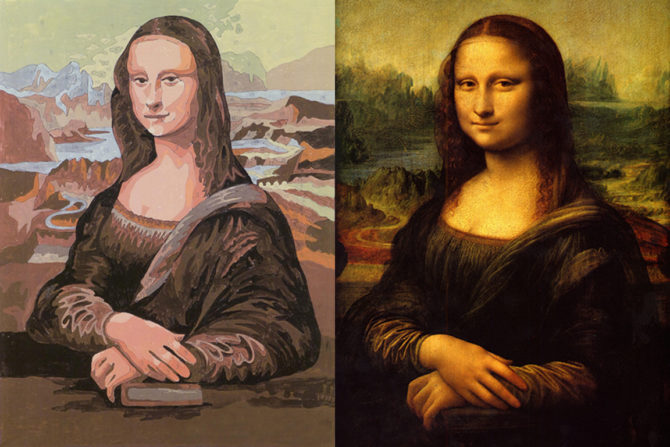
Do you remember IBM’s Deep Blue computer? It was programmed to play chess and it beat the world champion chess player, Garry Kasparov. Do you think that if we were to program the rules of photography into Deep Blue and take it to Yosemite, that it could beat Ansel Adams?
Of course not, because composition is about seeing and feeling, not about following rules. And the irony of these rules is that they are supposed to help you learn to be creative, when what they actually do is cause dependency.
I love travelling with a GPS because I can plug in an address and it gives me turn-by-turn directions. But I’ve noticed that there’s a negative side effect that comes from relying on my GPS: I’ve become so dependent upon it that I cannot find anything without it, even in cities that I frequently travel. The GPS has made me so myopic that I’ve never developed the big picture of the city.
That’s what I believe happens when you rely on the rules of composition: you become myopic and dependent. You don’t develop the big picture, you don’t see for yourself, you don’t trust your own feelings.
“So Cole, if I shouldn’t follow the rules, how do propose that I learn to compose an image?”
I like the Professor Harold Hill approach, do you remember him? He was the likeable charlatan from The Music Man who rode into River City, Iowa selling band instruments. He taught the boys in town how to play their instruments using the Think System, that’s where you “think the notes and just play the notes.” It sounds silly, but I think there’s a lesson to be learned from this approach!
When I approach a scene, I simply look and see and feel. I compose instinctively until the scene feels right, without a single thought about the “rules.” And if the composition doesn’t feel right, I change it. I move the camera, I zoom in, I try another angle…but in the end all I care about is that it “feels right.” Does that sound as silly as Professor Hill’s Think System?
And after I’ve created the image, I don’t ask others what they think and I don’t listen to the “experts” who will tell me how I should have done it. I trust my instincts and remember that I’m learning to express my vision and not theirs. Learning to trust your instincts is one of the first steps in the creative process.
What a simple and empowering concept: to see and feel for yourself rather than following the rules. Creative people already know this secret: that great art comes from within and is not found in a set of rules.
Start by believing in yourself and your own inherent creativity. Then forget about the rules. Next comes practice, practice, practice and evaluating each image by asking yourself: “what could I have done differently to make this image better?” And most importantly, rely on your own opinion and don’t ask others what they think of your images.
This approach is not an easy shortcut, it’s a long and hard process in which you’ll create thousands of failures. But with each failure you’ll get better and most importantly, you’ll be creating originals and not “paint by number” counterfeits!
Cole
P.S. Here’s a test question: I have friends who ask me “how will I know if I have a good image if I don’t ask other people’s opinion of it?” How would you answer this?

